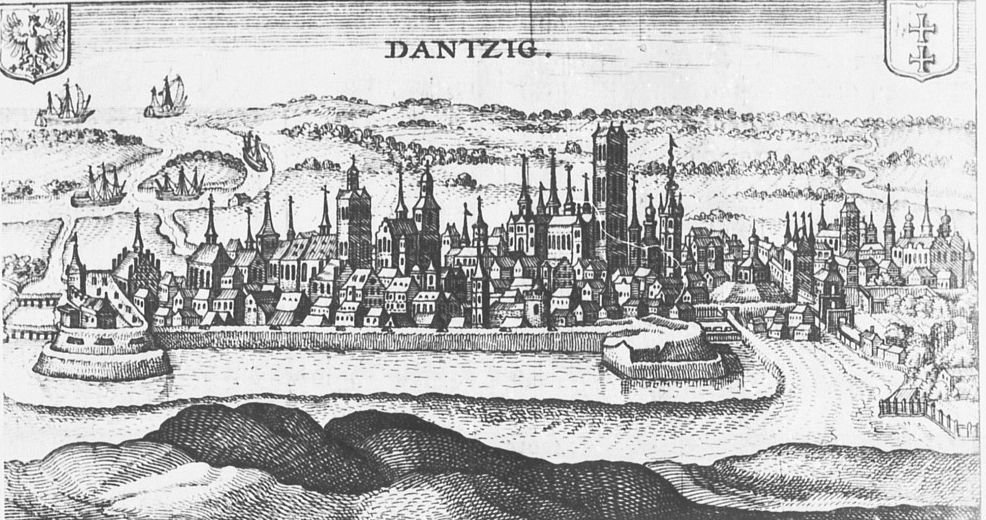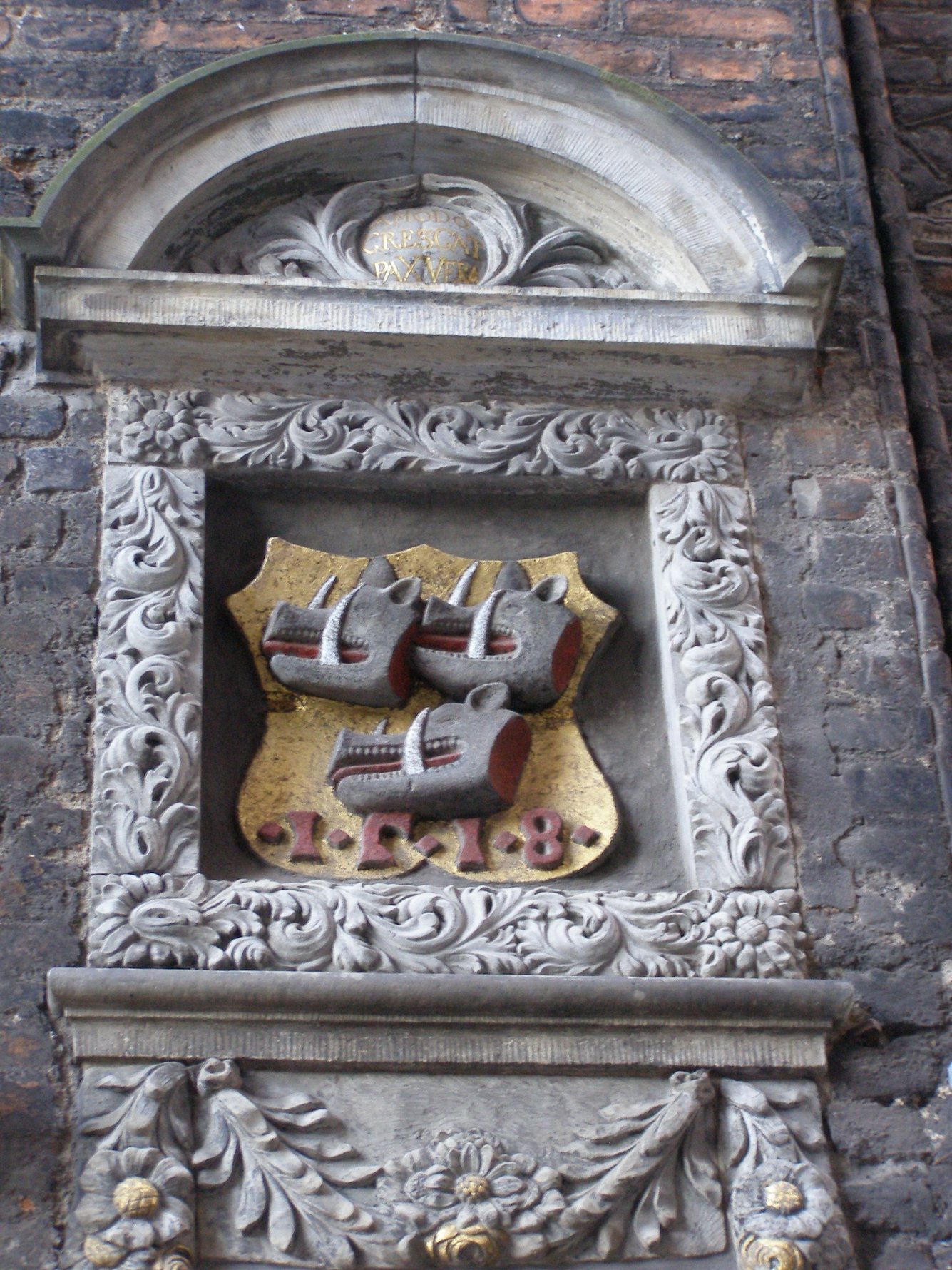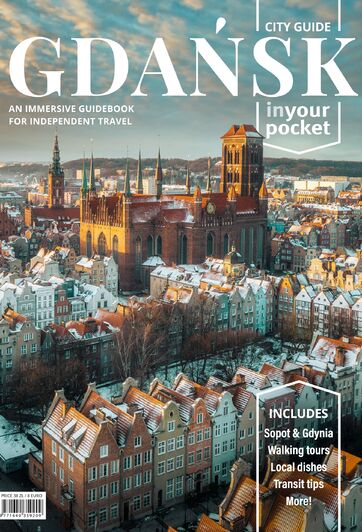The Danzig Tumult of 1525-1526 was a Lutheran-led uprising against the Mayor of Gdańsk and its Catholic clerical jurisdiction.

Upon becoming a part of the Kingdom of Poland in 1466, Gdańsk and the surounding region of Royal Prussia, struggled to maintain its own legal code, known as 'Danzig Law', which it had developed during its time as a wealthy trading city. Tensions first came to a peak in January 1525, when the city's bourgeoisie made a series of public statements against their vastly unpopular city Mayor, Eberhard Ferber, accusing him of embezzling city funds under the patronage of the Grand Crown Chancellor. Furthermore, in the wake of Martin Luther's historic 'Reformation', this power struggle took on the cause of religious freedom, as the city's German majority now identified as Protestant.

On January 22 1525, rioting erupted in Danzig, leading to the overthrow of the magistrate, who had refused to make the Mayor Ferber's accounts public, and the introduction of a new municipal system. In the process, Catholic monasteries were closed, religious iconography and sacraments were vandalised, parish priests were removed, and Gdańsk's citizens sent an appeal to Martin Luther, asking him to send teachers of the new faith. The new Lutheran authorities also sent a letter to the Polish King, Sigismund I the Old, informing him of the change in religion and assuring him of their obedience to him and the continued payment of taxes owed to him.

On April 17, 1526, King Sigismund I the Old and Prince Jerzy I of Pomerania lead 8,000 soldiers into Gdańsk and put down the rebellion. The old municipal system was restored, and 14 leaders of the revolt were beheaded in front of the Artus Court. The force of the Reformation ultimately saw St. Mary's Basilica holding both Catholic and Lutheran services from 1529 (it would become exclusively Lutheran in 1572 and would remain so until 1945). Finally, King Sigismund II Augustus officially granted Protestants equal rights in 1557.

Tensions between Gdańsk and the Polish crown would continue, with another rebellion taking place in 1577 in response to King Stefan Bathory's election, which once again threatened the priveliges the city had long benefitted from. Following the Siege of Danzig of the same year, a compromise was reached with many of the 'Danzig Law' privileges restored and further acknowledgments of Protestant rights.



Comments